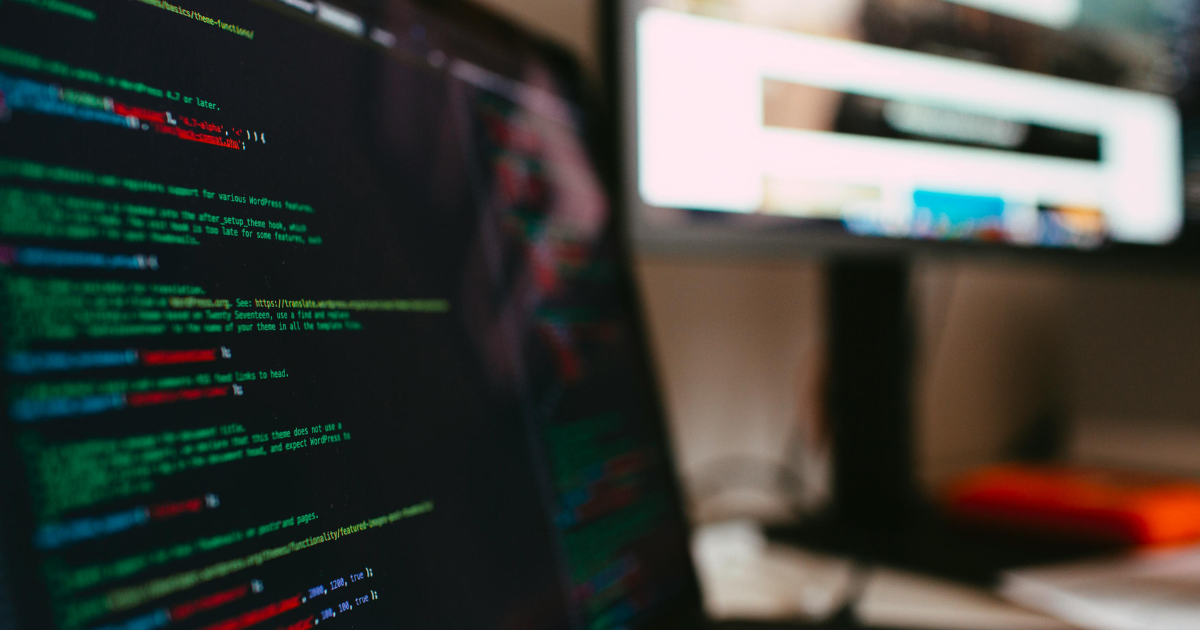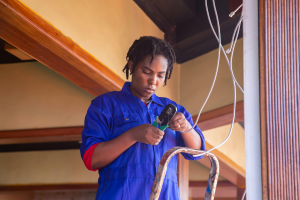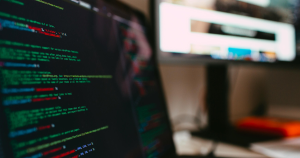Fiber Optic Installation Process: Essential Guide Explained.
Discover the step-by-step fiber optic installation process, from planning to execution. Learn essential tips and best practices when it comes to fiber optic installation.
Fiber optic cables provide high-speed internet connections with greater capacity and reliability, a key aspect of modern fiber optic installation.
Looking to get cable installation? Look no further.
House of I.T. has all you need in rendering services like fiber optics, GPON, Microsoft 365, CCTV, or access control.
We are an Australian‑owned I.T. services company based in the Philippines, and you can leave it to us to expertly design, implement and manage your infrastructures 24/7 whether your I.T. needs are small-scale or large-scale.
Let’s dive into what fiber optic installation process is all about
What is Fiber Optic Installation Process?
The fiber optic installation process is the setting up of a network of fiber optic cables to transmit data using light signals.
It is installing the infrastructure that enables high-speed internet communication, designed for long-distance, high-performance data networking, and telecommunications.
Guidelines for Fiber Optic Cable Installation Process
- Pull, do not push cables. Pushing can cause a violation of the bend radius.
- Use the figure 8 technique. Divide long pulls into several shorter pulls, using the figure 8 technique for storing cable at the intermediate locations. The cable is placed on the ground in a figure-8 pattern. This pattern is large, at least 10-20 feet from top to bottom of the pattern. When all the cable is placed in this pattern, the pattern is lifted and flipped over, so that the loose end is on top. This loose end is pulling into the next section of conduit or duct. This technique prevents twisting of the cable.
- Protect fibers and buffer tubes. Confine fibers and buffer tubes in protective structures, such as splice trays and cable end boxes. Fibers and buffer tubes do not have sufficient strength to resist breakage because of normal handling of copper cables.
- Loop vertically installed loose tube cables. If this happens, attenuation can increase, and fibers eventually break.
- Check continuity and attenuation. Check the continuity and attenuation of the cable before each operation. These checks should be performed as-received/before installation, after installation, after splicing, and after connector installation.
- Mark cable as “Fiber Optic Cable”. Mark the cable as “fiber optic cable” in all locations in which it can be easily reached. Such marking will alert electricians to the cable.
- Cables should be tested after shipping. Damage to cabling can occur during shipping or installation. Failing to test fiber cabling after it is delivered is a common mistake made by installers.
- Pulling underground fiber optic cable. Special fiber optic blocks should be used on all turns or angles.
- And always use a swivel pulling eye because pulling tension will cause twisting forces on the cable.
- If cables are present in ducts through which the fiber is to be pulled, the existing cable types should be identified and the owner of the cable called to inform him of the action, and to identify any safety concerns.

Fiber Cable Installation Methods
These are a few methods of installation.
They are:
Aerial installation
It involves attaching fiber optic cables to utility poles, which can be a cost-effective method for fiber internet installation.
Underground installation
Requires digging trenches and laying cables, which can be more complex but provides better protection for the fiber optic cable.
Directional boring
This technique is used to install fiber optic cables under roads and other obstacles without disrupting the surface.
Choosing the right installation method depends on the terrain, existing infrastructure, and local regulations, and is a critical step in the fiber optic installation process.
Fiber Optic Cable Installation Tools
Fiber optic technicians rely on a range of kits during the installation process.
This includes:
- Fiber optic cleavers.
- Strippers, eye-pullers, and polishers.
- Fiber optic connectors.
- Fiber optic cable ties and clamps.
- Testing equipment such as an OTDR, light source, and power meter will also be required.
Connecting Fiber Optic Cables
Fiber splicing involves joining two fiber optic cables together using specialized equipment and techniques, such as fusion splicing.
Fusion splicing creates a permanent, high-strength bond between two fiber optic cables, which is essential for reliable fiber optic connections.
Connectors and adapters are used to connect fiber optic cables to devices and equipment, and must be properly installed to prevent signal loss.
Proper connection and splicing of fiber optic cables are critical for maintaining signal strength and preventing data loss.
Building Fiber Optic Networks
It involves designing and installing a system of fiber optic cables and equipment.
The network must meet the specific needs of the user, including capacity, distance, and reliability requirements.
Fiber optic networks can be used for a variety of applications, including internet, telephone, and television services.
A well-designed fiber optic network can provide fast, reliable, and secure data transmission, which is essential for modern communication systems.
Considerations for Fiber Optic Cable Installation
The following tutorial lists the most important factors to consider.
Minimum Bend Radius
The most important factor in optical fiber cable installation is maintaining the cable’s minimum bend radius.
Maximum Tensile Rating
The fiber cable’s maximum tensile rating must not be exceeded during installation.
This value is specified by the cable manufacturer.
Maximum Vertical Rise
It represents cables that can be installed without halfway support points.
Cable Protection
Without this sectionalization, additional cable pulls can entangle an operating cable and could interrupt in service.
Duct utilization
For example, one cable equates to a 0.71 inch outside diameter cable in a 1-inch inside diameter duct.

Maintenance and Repair of Fiber Optic Cables
Regular maintenance is necessary to ensure the ongoing integrity and performance of fiber optic networks.
Repairing faults and damage promptly can help prevent more extensive problems and downtime.
Maintenance and repair activities include cleaning, inspecting, and testing fiber optic cables and equipment.
A well-maintained fiber optic network can provide reliable and high-speed data transmission for extended periods.
Cost Considerations
The cost of fiber optic installation can vary depending on the distance, terrain, and type of equipment used.
Aerial installation can be more cost-effective than underground installation, but may require more maintenance.
The cost of fiber optic cables and equipment can be higher than traditional copper cables, but fiber optic cables provide better performance and reliability.
A thorough cost-benefit analysis is necessary to determine the most cost-effective solution for a specific application.
Conclusion
Fiber optic installation is a complex process that requires careful planning, specialized equipment, and trained personnel.
At House of I.T., we believe quality is vital when choosing your I.T. infrastructure.
We have been in business for 20 years now, and we can ensure you get the best work done.
We do not compromise quality in the designing, implementing, or management of your I.T. infrastructure.
Let us be your trusted I.T. company you can trust.













